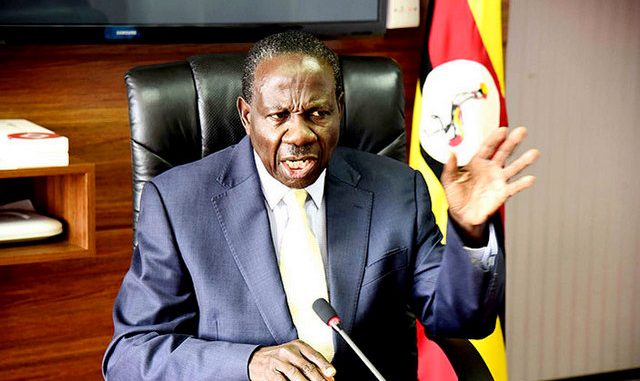The finance minister, Matia Kasaija while addressing a news conference, mimicked a plane taking off with a shriek whistle which was as dramatic as the concord fame. To the layman listening to him, it sounded like a chimera in the Greek mythology and to the showboat critics, it provided the fodder for social media, instead of taking a critical analysis of the metrics.
The fact that the economy grew by 6.1% can only be disputed by those running a parallel agency to Uganda Bureau of Statistics (UBOS), World Bank and African Development Bank. The drivers of this growth are many and varied in impact, some are natural like good weather and others are deliberately calculated policies intended to spur targeted sectors that create the spiral effect in the variable aggregates.
One of the calculated policies is the development of the infrastructure that has been key in bolstering both industrialization and agriculture. However, this has come with the copious burden of the debt. The 40% Debt to GDP ratio seems to be on the higher side, but its impact lies more in the multi-dimensional realm than in the Quantitative one. At 40% the debt is still in manageable limits but concern is, as we continue to borrow what is the trickle-down effect in the economy.
The verdant quantitative metrics of our debt burden ratio to GDP is skewed as it doesn’t enthrall its effect on disposable income at a personal level. How the debt is utilized, the cost benefit ratio and the absorption capacity. It is not enough to quote amiable figures without the veracity of its impact on the economy. For instance, the Debt to GDP ratio of Japan was 198.6% (2017) but its debt burden was just 4.3% because it has a leeway to expand its tax base at every stage of innovation. Do we have the ability to vary our fiscal policies in order to make our tax net elastic? Is our tax regime responsive enough to any cyclic upsets in the drivers of our economy like drought or army worm invasion in the agriculture sector? Can we find alternative sources of debt servicing without borrowing to pay existing loans when there are shocks in the planned fiscal sources of revenue.
So it is not enough to glisten the 40% without analyzing its effect to personal incomes. What is the Net interest income of our debt? The Net interest income analysis should show that the incomes generated as a result of debt utilization meet the cost of servicing liabilities. To get the right metrics, we divide the difference of the investment income and interest expenses by the average earning assets. The question here is, how long is the return on investment, for instance on infrastructure in relation to its maturity date? If it is going to take eternity to recoup positive returns on investment, then we run a risk of debt cycle.
There has been an attempt to explain our debt portfolio in terms of the Net present value (NPV), which is the value of debt now in contrast to its future value after it was invested at a fixed or compound interest. The worriment here is that the future is an economic mirage, dogged by the unpredictable variables whose variance ranges from zero to infinity. Pegging our ability to pay back on the hopes of oil dividends is a fussy idea given that oil is a finite resource whose price volatility is a given. So other economic ventures must be planned just in case.
Investing in infrastructure like roads, energy and telecoms will boost production in agriculture by providing access to markets, but this should be complemented by foreign markets just in case of a glut. Lack of markets discourages farmers which subsequently affects the GDP.




